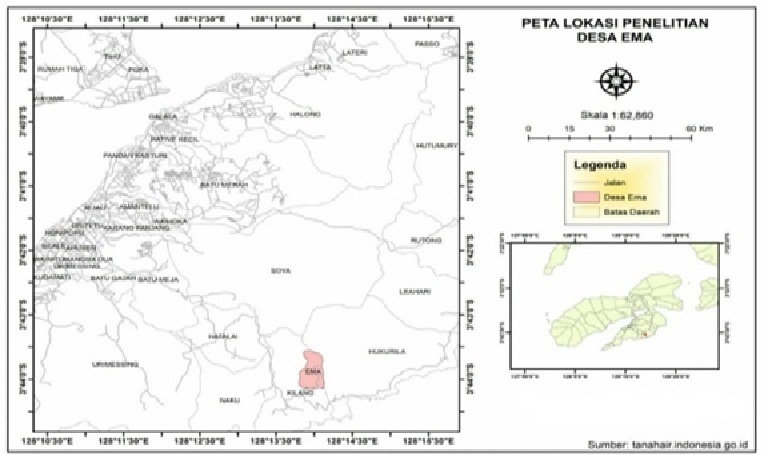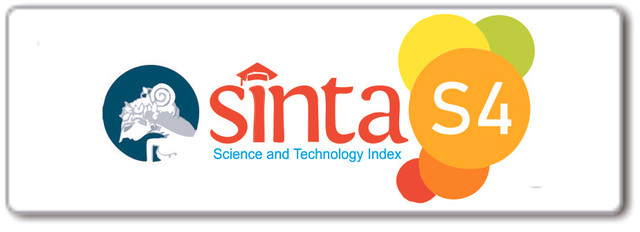Analysis of leaf cellulose gayam (inocarpus vagiver) based on different altitudes
Abstract
Gayam (Inocarpus vagiver) contains natural chemicals in the form of primary metabolites that play an important role in plant survival. The primary metabolites are directly involved in the growth of the Gayam plant. Cellulose is the main component of plant cell walls .Cellulose is a natural material that can be renewed and its uses are very broad. This is because cellulose is widely used for the manufacture of paper and products with various properties. The purpose of this study was to determine the cellulose content of the leaves of the Gayam plant based on different altitudes. The method used in this research is descriptive quantitative and qualitative with the sampling technique using purposive sampling. Based on the iodine test, Gayam leaves in Ema vilage and Airlouw both have cellulose compounds. The average cellulose content in Ema vilage is 0.23315% while Airlouw is 0.20008% which means the higher cellulose content is in Ema.
Downloads

Copyright (c) 2022 Adelheid Adonia Erubun, Ine Arini, Alwi Smith

This work is licensed under a Creative Commons Attribution-NonCommercial-ShareAlike 4.0 International License.
Authors who publish with BIOEDUPAT: Pattimura Journal of Biology and Learning agree to the following terms:
- Authors retain copyright and grant the journal right of first publication with the work simultaneously licensed under a Creative Commons Attribution License (CC BY-NC-SA 4.0) that allows others to share the work with an acknowledgment of the work's authorship and initial publication in this journal.
- Authors are able to enter into separate, additional contractual arrangements for the non-exclusive distribution of the journal's published version of the work (e.g., post it to an institutional repository or publish it in a book), with an acknowledgment of its initial publication in this journal.
- Authors are permitted and encouraged to post their work online (e.g., in institutional repositories or on their website) prior to and during the submission process, as it can lead to productive exchanges, as well as earlier and greater citation of published work.








 This work is licensed under a
This work is licensed under a 